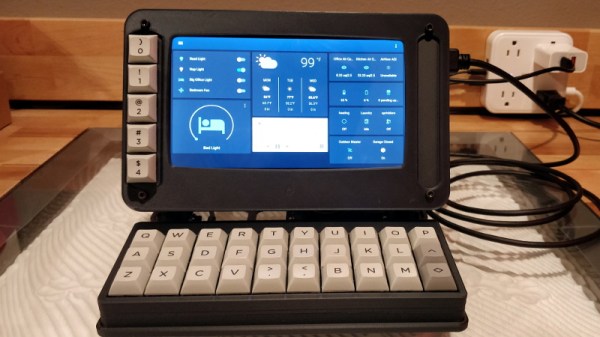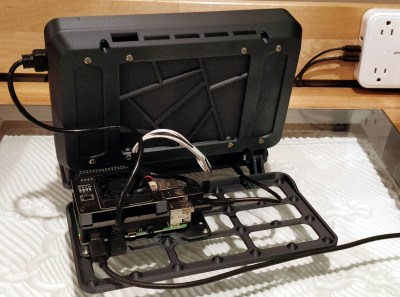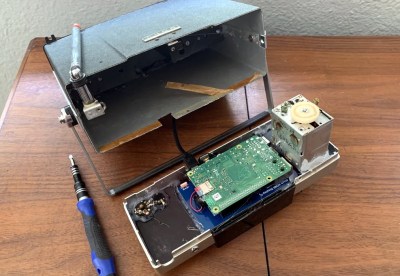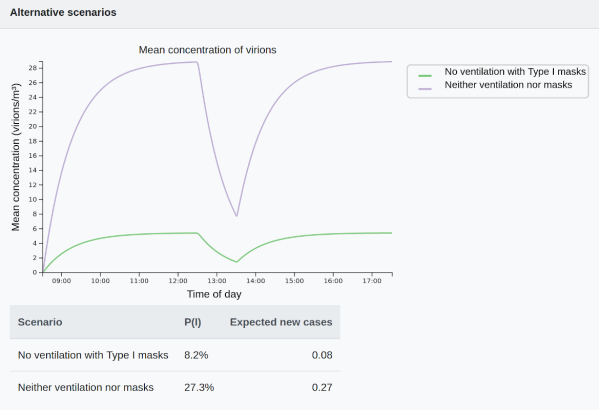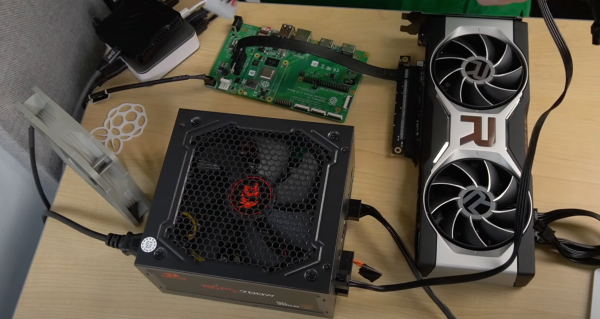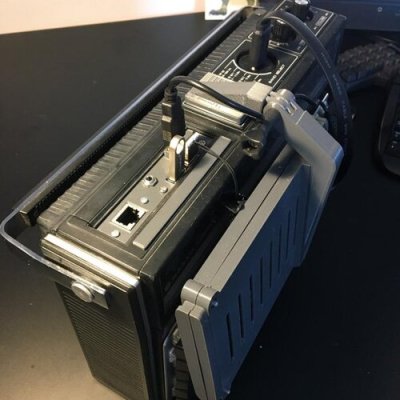Oftentimes in computing, we start doing a thing, and we’re glad we’re doing it. But then we realise, it would be much nicer if we could do it much faster. [Ricardo de Azambuja] was in just such a situation when working with the Raspberry Pi Zero, and realised that there were some techniques that could drastically speed up Fast Fourier Transforms (FFT) on the platform. Thus, he got to work.
The trick is using the Raspberry Pi Zero’s GPU to handle the FFTs instead of the CPU itself. This netted Ricardo a 7x speed upgrade for 1-dimensional FFTs, and a 2x speed upgrade for 2-dimensional operations.
The idea was cribbed from work we featured many years ago, which provided a similar speed up to the very first Raspberry Pi. Given the Pi Zero uses the same SoC as the original Raspberry Pi but at a higher clock rate, this makes perfect sense. However, in this case, [Ricardo] implemented the code in Python instead of C as suits his use case.
[Ricardo] uses the code with his Maple Syrup Pi Camera project, which pairs a Coral USB machine learning accelerator with a Pi Zero and a camera to achieve tasks such as automatic licence plate recognition or facemask detection. Fun!


